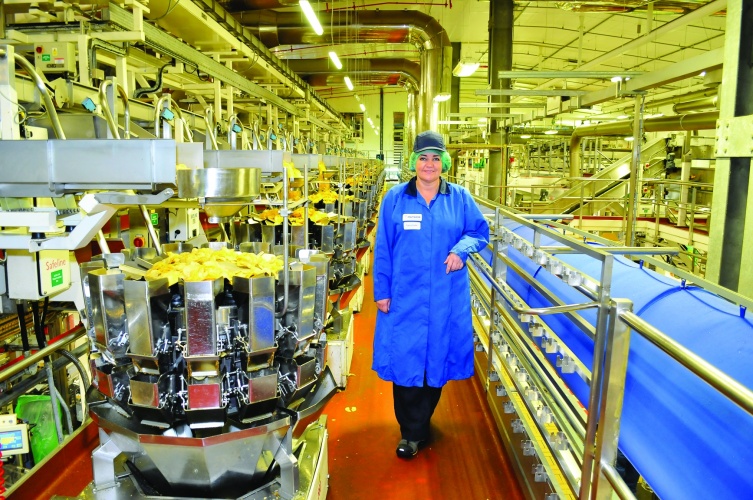Food & Drink Sector Environmental Standards

In January 2017, the European Union (EU) published the First Draft Best Available Techniques (BAT) Reference Document in the Food, Drink and Milk (FDM) Industries.
This draft BAT Reference (BREF) document concerns activities specified in the First Schedule to the EPA Act 1992 as amended, namely:
7.2.1 The treatment and processing of milk, the quantity of milk received being greater than 200 tonnes per day (average value on a yearly basis).
7.8 (a) The treatment and processing, other than exclusively packaging, of the following raw materials, whether previously processed or unprocessed, intended for the production of food or feed from:
(i) only animal raw materials (other than exclusively milk) with a finished product production capacity greater than 75 tonnes per day;
(ii) only vegetable raw materials with a finished product production capacity greater than 300 tonnes per day or 600 tonnes per day where the installation operates for a period of no more than 90 consecutive days in any year;
(iii)animal and vegetable raw materials, both in combined and separate products, with a finished product production capacity in tonnes per day greater than:
(I) 75 if A is equal to 10 or more; or
(II) [300-(22.5 x A)] in any other case, where ‘A’ is the portion of animal material (in percent of weight) of the finished product production capacity.
(b) For the purposes of clause (a), packaging shall not be included in the final weight of the product.
(c) Clause (a) shall not apply where the raw material is milk only.
The document, which updates a 2006 BREF, includes draft BAT Conclusions for the sector.
BAT Conclusions are documents published by the European IPPC Bureau (EIPPCB) which contain the key parts of a BAT Reference (BREF) document stating the considered best available techniques and Emission Limit Values (ELVs). Until recently, when BREF documents were published, member states were required only to have regard to them when permitting (licensing) installations. However, Article 14(3) of the Industrial Emissions Directive has now made BAT Conclusions mandatory in the permitting/licensing process.
BAT Conclusions form the basis for EU member states to set conditions for producers/operators in the relevant sector. They aim for the protection of the environment under economically and technically viable conditions.
Once finalised, compliance with BAT Conclusions for the Food, Drink and Milk Industries will be mandatory for all new installations. For existing installations, the EPA must ensure that all facilities within the scope of the BREF document are compliant with these BAT Conclusions within four years.
There is still an opportunity for industry, regulators and third parties to influence the BAT conclusions contained in this document before they are finalised. Once finalised BAT conclusions will influence the direction of the sector in relation to environmental compliance for at least the next ten years.
September 2017
